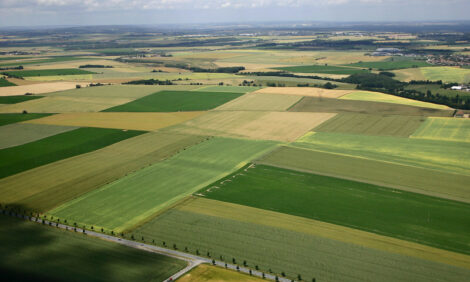



Lift for Cattle Producers Despite Subdued Conditions
AUSTRALIA - Against the backdrop of the worst financial calamity in over 80 years, the Australian cattle industry, paradoxically, looks set to enjoy stronger returns in 2009.
The lower A$, better seasonal conditions, lower costs and resilient export demand form the basis for this prediction, reported in Meat & Livestock Australia’s 2009 Cattle and Sheep Industry Projections, released this week.
From the second quarter, it is expected that the worst of the current trade disruptions will have passed, and with stronger interest from Japan and US markets, and a partial return of Korean and Russian buying, exporters should finally start to see some of the benefit from the low A$ in beef export sales and prices.
Australian cattle prices are expected to strengthen during 2009, particularly for young cattle and cows, with the low A$, increased restocker and feeder demand and tight young cattle supplies expected to offset the impacts of the global financial crisis, falling economic growth and the US return to Korea. With the prospect of better feed availability, higher prices and lower costs, the herd may reach 28.58 million head by 30 June 2009, 2.8% higher than a year earlier. Herd rebuilding will constrain growth in beef supplies in 2009, with production forecast to rise by only 2% (with the increase mainly coming from higher carcase weights).
Shipments to Japan are predicted to rise by 3% to 375,000 tonnes. Exports to the US are forecast to more than offset the ground lost in 2008, rising by 38% to 325,000 tonnes swt. In contrast, exports to Korea and Russia are expected to be lower than 2008 levels. In the Australian domestic market, consumer spending on beef is likely to trend down and for the second consecutive year, with beef consumption in Australia expected to post a decline.
Herd rebuilding efforts in the North Territory are expected to constrain available supplies for the live export trade in 2009, with total exports back 6% on 2008 levels – despite strong demand.
Over the medium term, once the credit crisis recedes and the global economy commences a widespread recovery, growth in world meat demand is expected to again outstrip supply, heralding a period of rising meat prices and expanding trade.
TheCattleSite News Desk


